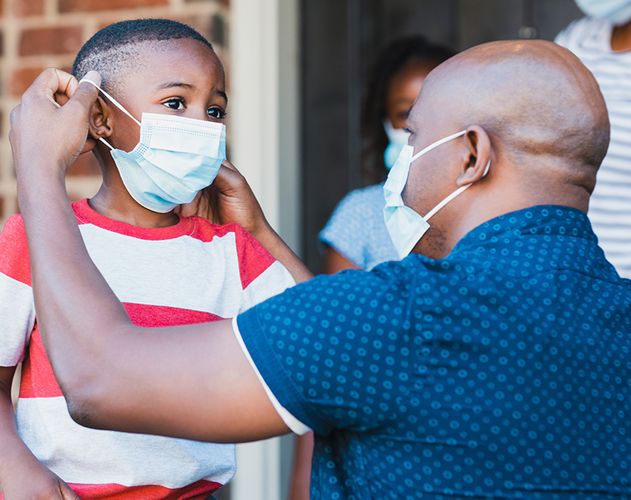
image via cdc.gov
The events of 2020 have given us a window into some of the inequities present in American classrooms. The school shutdowns in early Spring, followed by re-openings with online or hybrid learning models revealed a number of inequitable situations:
- Lack of access to devices for online instruction,
- Lack of access to Wi-Fi for online instruction,
- Families who can’t adequately supervise education at home because of hourly employment or because they are deemed essential workers,
- Rise in unemployment that saw marginalized children become even more insecure with regard to housing, food, and health care,
- Severe setbacks for students with disabilities who struggle with or cannot learn through online instruction.
Now, as Fall Covid rates are spiking, schools are again closing or preparing to close and moving to online instruction. Some of the inequities from the Spring have been addressed, such as more devices and Wi-Fi hotspots for students and meal distribution sites for children who are food-insecure. But some are intractable: parents working hourly jobs still face a choice between working or not getting paid, and students with disabilities have not magically learned to cope with online remote instruction over the summer.
This is where we can see how equity can and should inform district responses. One superintendent in Illinois has come under fire for his plan to bring some students back to full time instruction. The superintendent of the Evanston/Skokie schools, plans to give first priority for in-person learning to the most marginalized students in the district. That group is largely comprised of students of color and students with disabilities – the students who are struggling the most with online learning. It’s important to note that it’s their struggle, not their race, that determines their eligibility for in-person instruction. For this decision, which came at the behest of the school board through its mandate to focus on equity and close achievement gaps, the superintendent has received death threats from across the country.
According to the basic principles of equity, this is the correct decision: resources must be prioritized so that more resources go to the areas with the greatest need. Covid-19 provides us with another handy analogy. When a vaccine becomes available, the plan is to deliver it first to the elderly and front line health care workers because they are the most vulnerable to the virus if they contract it or because they are being exposed to the virus to a greater degree than the general population. They are the most at risk. Just as an everyone-the-same approach would ignore these medical vulnerabilities, in an educational setting it ignores the unique needs of struggling students, those most at risk for failure. Equality here would result in little positive change in learning outcomes and would be unlikely to close achievement gaps between subgroups. Equity demands that we set aside equality for a time so that those who are struggling get more resources to bring them up to the level of their peers.
To say that this is not well understood by the general population is really just reckless understatement. As districts work to ensure equity, there will be push-back from some portions of their constituency. Educating the community, reassuring them that their children will receive the same high quality instruction as before, and being as transparent as possible about decisions will help to ameliorate some of this, but there may be some stakeholders that will not accept equity measures as a valid response and accuse the district of reverse discrimination. Setting aside the fact that reverse discrimination doesn’t exist, the real problem may be something deeper: when you are accustomed to privilege, equity can feel like oppression.
_______________________________________
¹ “Can a School be Antiracist? A New Superintendent in Evanston, Illinois Has a Plan.” Wall Street Journal, October 6, 2020. https://www.wsj.com/articles/can-school-be-antiracist-a-new-superintendent-in-evanston-ill-has-a-plan-11601982001
² “Controversy Erupts Over Superintendent’s Plan to Close Achievement Gaps.” NBC Chicago, October 9, 2020.
